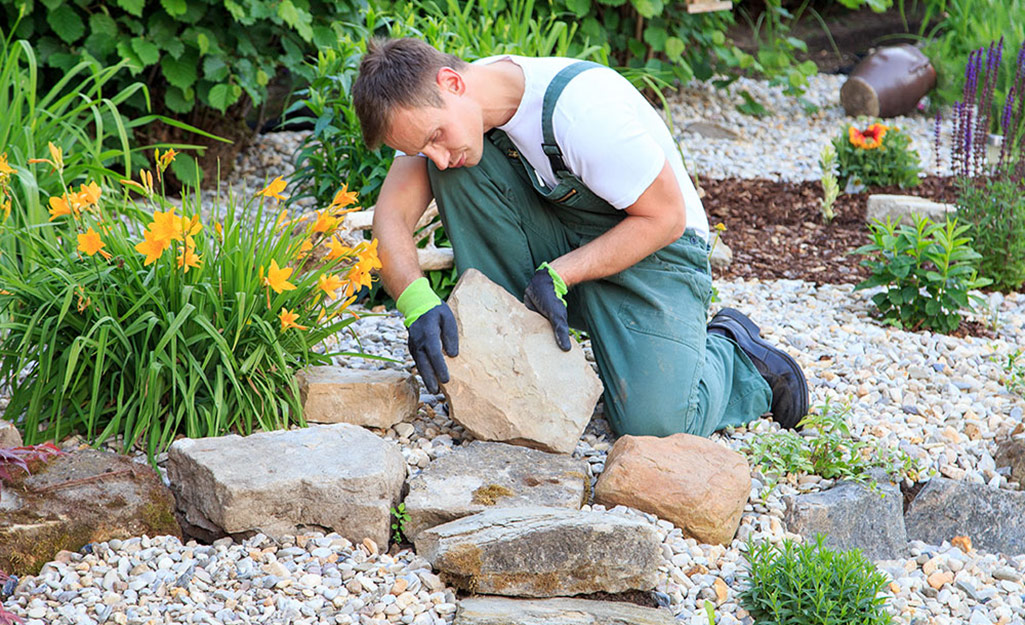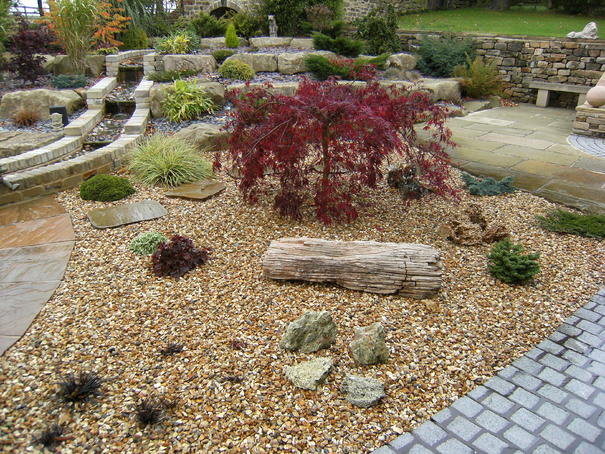Welcome to the enchanting world of garden stones decorative! If you’re like me, you cherish the serenity and beauty of an outdoor space that reflects your personality and style. In this comprehensive guide, we will delve into everything you need to know about decorative garden stones, how to incorporate them into your landscaping, and share some practical tips based on personal experience. Let’s embark on this journey of creativity and nature!
What are Decorative Garden Stones?
Decorative garden stones are aesthetically pleasing stones used in landscaping and outdoor design. They come in a variety of shapes, sizes, and colors, allowing you to create visually appealing arrangements in your garden, paths, or borders. These stones can be natural or manufactured, presenting endless possibilities for creativity in your outdoor space.
The Beauty of Nature in Your Garden
Using natural stones can bring a rugged, organic feel to your garden while manufactured stones offer consistency and a polished look. My garden features a mix of both, and the resulting harmony is truly satisfying!
Types of Decorative Garden Stones
Understanding the different types of decorative garden stones available can help you make an informed choice for your garden. Let’s explore them below:
1. River Stones
River stones are smooth, rounded stones usually found near riverbeds. They come in various sizes and colors, making them versatile for any design:

- **Pros**: Smooth, natural look, available in various colors.
- **Cons**: Can be slippery when wet, may shift over time.
2. Flagstones
Flagstones are large, flat stones that are perfect for creating pathways or patios. They add a rustic charm to your garden.

- **Pros**: Durable, great for walking paths, easy to clean.
- **Cons**: Can be expensive, requires a solid base for installation.
3. Lava Rocks
Lava rocks are lightweight stones with a unique texture. They are excellent for decorative purposes and landscaping:

- **Pros**: Lightweight, excellent drainage, natural acidity balance for gardens.
- **Cons**: Can be sharp, not suitable for walking paths.
4. Crushed Stones
Crushed stones are small fragments of rock, typically used as ground cover or filler. They come in multiple colors and sizes, allowing for a customized look.

- **Pros**: Affordable, easy to spread, provides excellent drainage.
- **Cons**: Can scatter easily, requires occasional replenishment.
5. Decorative Pebbles
These small stones come in a variety of colors, shapes, and textures, letting you create striking patterns or borders in your garden.

- **Pros**: Versatile, easy to work with, adds a pop of color.
- **Cons**: Can be displaced by wind or rain, smaller sizes may be harder to clean.
Choosing the Right Decorative Stones for Your Garden
Selecting the right stones for your garden involves considering several factors. Here’s what I’ve learned from experience:

1. Purpose and Function
Decide on how you plan to use the stones. Are they for decoration, pathways, or perhaps both? Each stone type serves a different purpose.
2. Color Scheme
Choosing stones that complement your existing landscaping is crucial. Consider the colors of your plants, your house, and any existing features. I often collect samples of stones to see how they look in different lighting conditions.

3. Size and Shape
Mixing various sizes and shapes can create an engaging visual effect. However, ensure that larger stones are placed thoughtfully to avoid overwhelming smaller features.
4. Maintenance Requirements
Some stones require more upkeep than others. For example, smooth river stones may need periodic cleaning to maintain their shine while crushed stones may require occasional replenishment.
5. Budget Considerations
The cost of decorative stones can vary significantly. Set a budget and explore options within that range. Sometimes local quarries offer better deals than commercial suppliers.
Incorporating Decorative Stones into Your Garden Design
Now that you know what types of stones to choose, let’s explore some creative ways to incorporate them into your garden design:
1. Pathways and Walkways
Using flagstones or gravel can create an inviting path. I love how my flagstone walkway leads to my blooming rose garden, providing a beautiful transition between spaces.
2. Borders and Edging
Stones can serve as natural borders for flower beds or garden plots. This not only keeps soil in but also adds an attractive outline to your garden.
3. Water Features
Surrounding ponds or fountains with smooth river stones enhances their beauty. I added river stones around my small pond, making it a serene spot to relax.
4. Decorative Areas
Create a focal point using larger stones or a pattern of decorative pebbles in a designated area of your garden. This draws attention and adds interest.
Comparison Table of Popular Decorative Stones
| Type of Stone | Best Use | Pros | Cons |
|---|---|---|---|
| River Stones | Pathways, decoration | Smooth, natural look | Can be slippery |
| Flagstones | Patios, walkways | Durable, easy to clean | More expensive |
| Lava Rocks | Decoration, soil amendment | Lightweight, good drainage | Can be sharp |
| Crushed Stones | Ground cover | Affordable, good drainage | May scatter easily |
| Decorative Pebbles | Borders, accents | Versatile and colorful | Can be displaced easily |
Care and Maintenance of Your Decorative Stones
To ensure your decorative stones maintain their beauty, follow these essential care tips:
1. Regular Cleaning
Remove debris and dirt with a gentle brush or hose. This will keep your stones looking fresh and vibrant.
2. Preventing Weed Growth
Consider laying down landscape fabric beneath the stones. This will help prevent weeds from growing through the stones, saving you time and effort.
3. Replenishing Stones
Some stones may shift or degrade over time. Keep an eye on your decorative areas and replenish as necessary to maintain their aesthetic.
Personal Experience: My Journey with Decorative Stones
When I first started landscaping my garden, I was overwhelmed by the choices available. After much consideration, I opted for a combination of river stones and flagstones, which not only complemented my plants but also created a welcoming atmosphere. Over time, I learned the importance of mixing stone sizes and colors for visual interest.
Every weekend, I would spend time rearranging my stones, adding new plants, and integrating different features. This hands-on experience not only beautified my garden but also brought a sense of tranquility to my life. Seeing the joy that my garden brought to my family and friends made every effort worth it!
FAQs About Decorative Garden Stones
1. How do I choose the right decorative stones for my garden?
Consider the purpose, size, color scheme, and maintenance requirements of the stones. Choose stones that complement your existing landscape and suit your aesthetic preferences.
2. Are decorative garden stones expensive?
The cost can vary widely based on type and size. Natural stones may cost more than manufactured options, but local suppliers often offer competitive pricing.
3. Can I use any type of stone in my garden?
While many types of stones can be used decoratively, consider their weight, size, color, and how they interact with plants and drainage before making a choice.
4. How do I maintain my decorative stones?
Clean regularly, prevent weed growth by using fabric beneath, and replenish lost or degraded stones as needed to keep your garden looking its best.
5. What are the best stones for creating a path?
Flagstones and gravel are ideal choices for pathways due to their durability. Be sure that the stones used are flat and provide a stable walking surface.
Final Thoughts
Decorative garden stones can dramatically enhance the beauty and function of your outdoor space. By understanding the types available, choosing the right stones, and incorporating them creatively, you can transform your garden into a stunning retreat. From personal experience, I can say that the effort you put in to select and arrange your stones will yield a rewarding space that brings joy to your life.
Happy gardening, and may your outdoor space flourish beautifully with the addition of decorative stones!